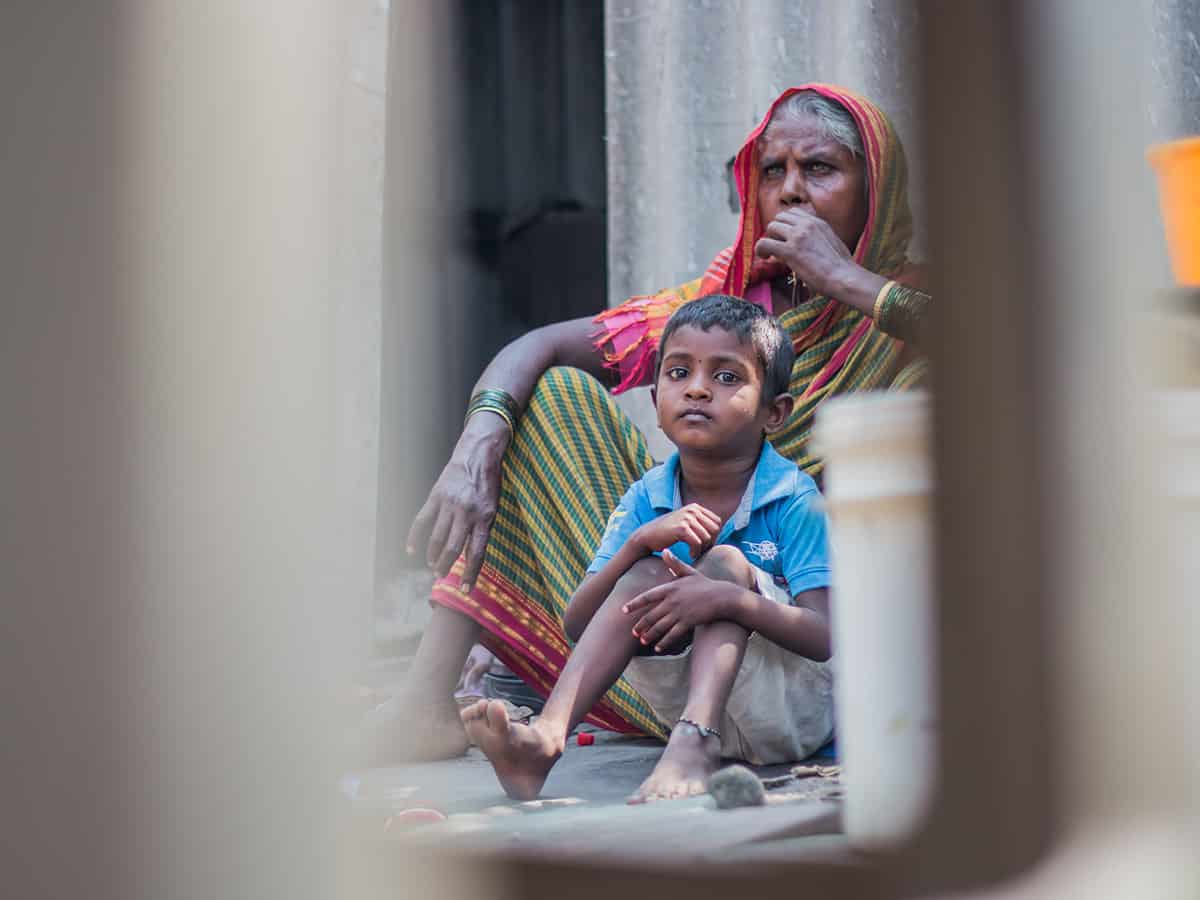Amir Ullah Khan and Nahia Hussain
Affirmative action has helped SCs and STs reduce the mobility gap by 50% and 30% respectively, while upward mobility for Muslims has declined consistently since the 1960s. Over the last 15 years, the upward mobility for Muslims has largely stagnated. Southern states have seen more a positive trend towards mobility as compared to Northern states. Mobility is particularly low for states of Bihar, UP and Rajasthan. What this means is that there are a large number of children in India who have very little chance of improving their standards of living compared to that of their parents
Despite a strong constitutional and institutional framework, inequality runs deep in the country. According to the World Inequality Database, in the period between 1980-2014 the total income growth in India for the entire population amounted to 187% while the income growth for the wealthiest 10% amounted to 394% . However the bottom 50% saw an income growth of only 89%. During the period 1951-1980 , while the total income growth for the entire population was 65%, bottom 50% grew at 87% and top 10% grew at 42%. As per Credit Suisse in their 2018 Global Wealth Report, the richest 10% of Indians own 77.4% of the country’s wealth while the bottom 60% own 4.7%. The richest 1% own 51.5% of the wealth.
Intergenerational Mobility measures
How far an individual’s beginnings in life impact his/her future as well as availability of opportunities for them to radically change the course of their lives?
It is widely accepted and observed that greater inequality leads to a greater fraction of advantages and disadvantages being passed on between parents and their children. Finland, Norway, Sweden, Denmark and Iceland with the lowest inequalities are also the countries where opportunity for all makes socio-economic mobility fluid. The Global Social Mobility index ranks India 76th out of 82 countries in social mobility. Social and economic mobility in India is largely dependent on the socio-economic family status of the individual at the time of birth.
A look at the intergenerational transmission of economic status reveals children of the poorest 20% households have only a 3% chance of ending up in the highest income quartile. Occupationally, 58.6% of Individuals born to agricultural workers also end up practicing agriculture and only 4.5% end up being professionals. 52 percent of children born to parents in the bottom income quintile will end up in the lowest quintile. Among social groups such as Scheduled Castes (SCs) and Scheduled Tribes (STs), only 2% of the children born in the bottom 20% income group end up in the highest income quartile. 58 percent of SC/ST children born to parents in the bottom income quintile will end up in the lowest quintile. Forward castes experience constant upward mobility. Among religious groups, Muslim boys have the least upward mobility, even lower than SCs and STs.
The flexibility of social mobility is largely dependent on income generation, education levels and access to health, technology, employment opportunities, social protection, and inclusive growth. Muslims do not fare well on these indicators as data suggests. United Nations Development Programme (UNDP) and the Oxford Poverty and Human Development Initiative’s report suggests that 33% of Muslims in India are poor. NSSO data substantiates the fact that Muslims are the poorest among all religious groups in India. While literacy rates for Muslims remain below the national average, the All India Survey of Higher Education (AISHE) 2017-18 pegs Muslim enrolment in higher education at 5%. Not surprisingly the drop-out rates among Muslims remain higher than all other groups, indicating a worrying trend among the young and future generation. Muslims have the highest percentage of women with no schooling. On the health front, 40% of villages with Muslim population do not have healthcare facilities. Muslims fare low in access to institutional delivery and antenatal care. The community has the lowest labour force participation rate in the country, and the participation of Muslim women is abysmally low especially in urban areas.
Trends of segregation seem evident in certain pockets of the country, which should be a cause of concern. Ghettoisation, as seen among Blacks and Hispanics in the USA, has had large scale ramifications for upward mobility within the community. Such neighbourhoods are often victims of low investments in public goods and hence lower economic development. In consonance with this trend some Muslim neighbourhoods in India suffer deficits in access to public services such as access to piped waters and other public amenities. The segregated housing will spill over to disparities in education, income, and wage. Hence, leading to persistent denial of access to equal opportunities and stagnant upward mobility.
Intergenerational mobility should not be in the prerogative of forward castes only. Affirmative action has helped social groups such as the SCs and STs in combating odds and changing the narrative of their future generations. The ease in mobility requires the state as well national policies to uplift the community as well individuals by fostering inclusivity and aiding the disadvantaged. Availability of public resources and social sector programmes such as the national Rural Employment Guarantee Act will help iron out income and wage differentials. The ease of rural-urban migration will widen the choices available to individuals for employment due to the enhanced geographic spread. Early childhood interventions, retention in schooling, encouraging higher education and skill development programmes for the disadvantaged will help increasing the level of education and training, thereby broadening the horizon of livelihood opportunities for the future generations.
Amir Ullah Khan and Nahia Hussain are researchers at the Centre for Development Policy and Practice based in Hyderabad.
Twitter: @khanamirullah
Skype amirullahkhan Mob: 9871322477

